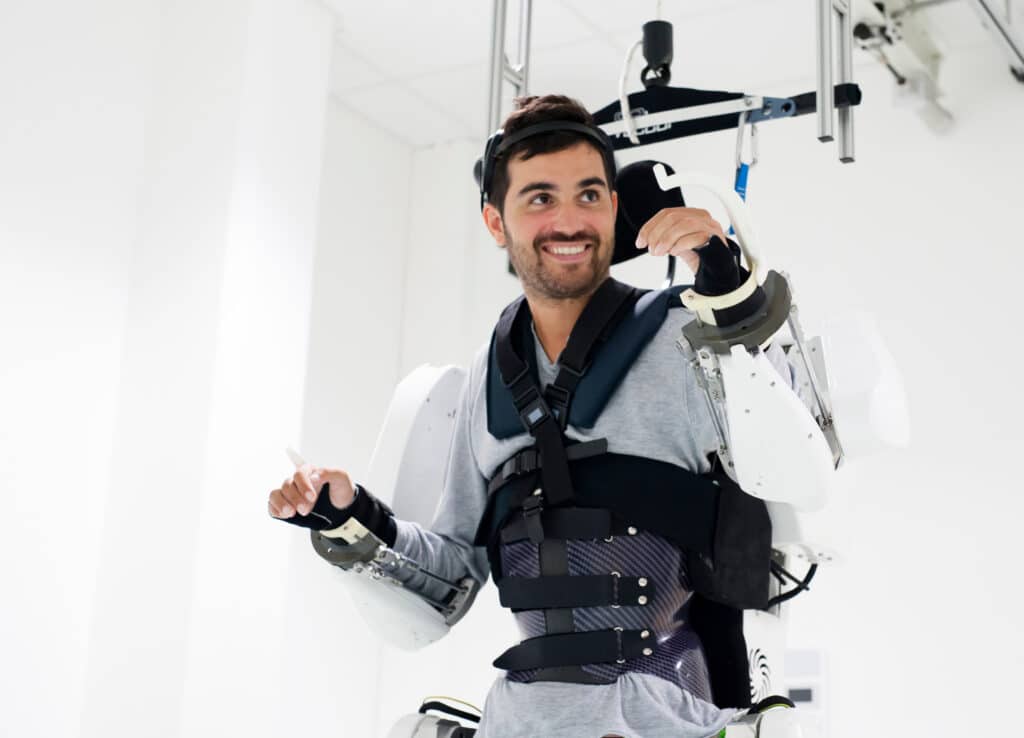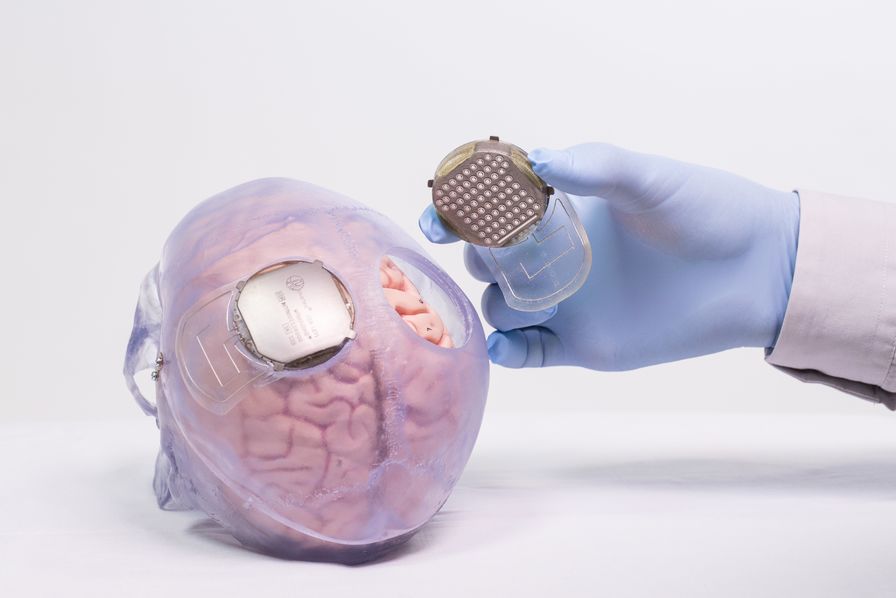
WIMAGINE, a CEA innovation, has just received a CES 2024 Innovation Award. Last May, hope became a reality for paraplegics thanks to an exceptional medical and technological breakthrough. For the first time, a paraplegic was able to regain the ability to walk by controlling his legs with his mind. This feat is the fruit of the hard work of CEA researchers at the Clinatec research center. It opens up revolutionary prospects for disabled people.
WIMAGINE, an award-winning CEA technology
The technology behind this spectacular breakthrough is called WIMAGINE. It has just won the prestigious CES 2024 Innovation Awards in the category ” Accessibility & Aging tech “. This brain-computer interface (BCI), developed by the CEA, could not only transform the lives of paraplegics, but also bring new benefits to their lives. innovative solutions for other medical conditions.

Restoring the connection between brain and movement
People with paraplegia or tetraplegia following a serious spinal cord injury lose the ability to transmit electrical information from the brain to the limbs. To remedy this situation, CEA researchers have developed the BCI WIMAGINE. This unique interface re-establishes the connection between the brain and the motor areasThis makes it easier to interpret the patient’s movement intentions.

The composition of WIMAGINE
WIMAGINE consists of a brain implant surgically placed on the surface of the brain. This implant detects electrical signals emitted by cerebral areas, such as motor areas. Combined with a brain decoding unit equipped with artificial intelligence (AI), the technology interprets these neuronal signals in real time. The information obtained is then transformed into digital control signals capable of driving devices such as exoskeletons or spinal cord stimulation systems, or even muscles.
Historic achievements thanks to WIMAGINE
WIMAGINE has already made history with two major achievements. In 2019, a quadriplegic patient was able to control a four-limbed exoskeleton thanks to brain activity. In 2023, a paraplegic patient regained natural walking control by combining WIMAGINE technology with a spinal cord stimulator.
Towards new applications and clinical trials
Today, other clinical trials are in progress to extend the applications of WIMAGINE. To date, Clinatec’s teams are planning to use this BCI technology for the neurological rehabilitation of stroke patients by 2025. What’s more, the brain-computer interface could also play a crucial role in the speech decoding. This will be essential for patients with communication disorders related to neurological conditions.

Winning the CES 2024 Innovation AwardsWIMAGINE is a beacon of hope for people with disabilities. Overall, it paves the way for a future where technology and medicine combine to restore autonomy and quality of life to those who need it most.
Article based on a press release received by the editors.